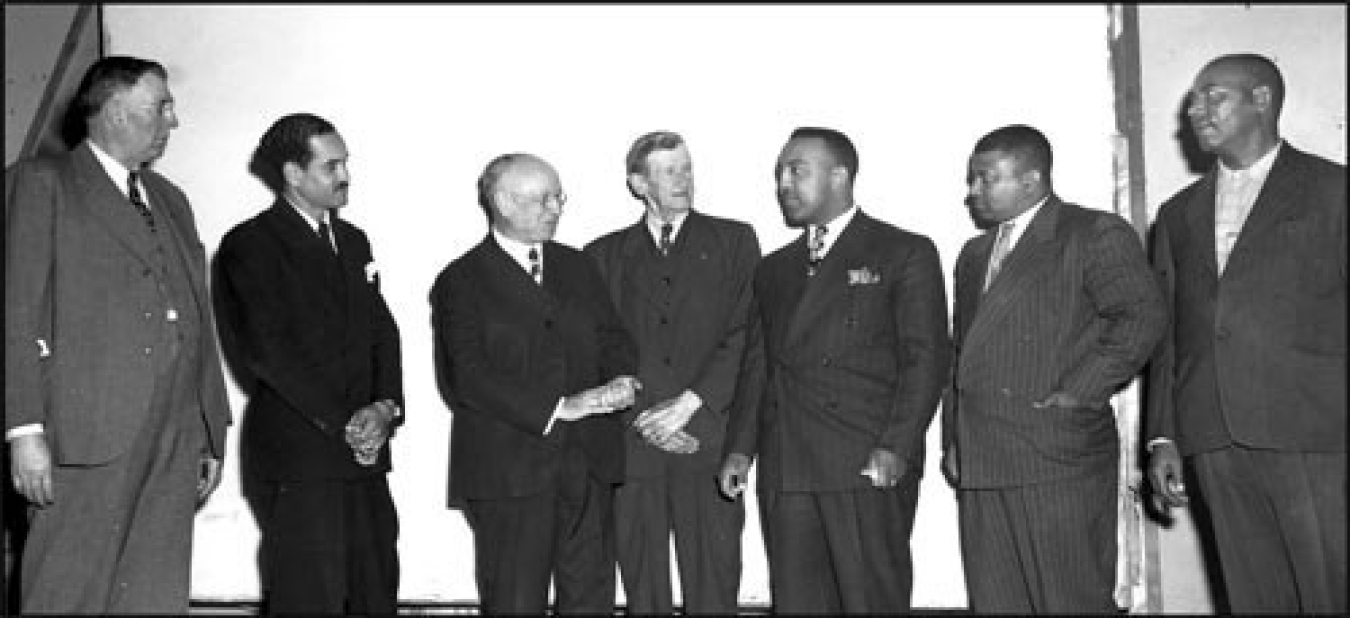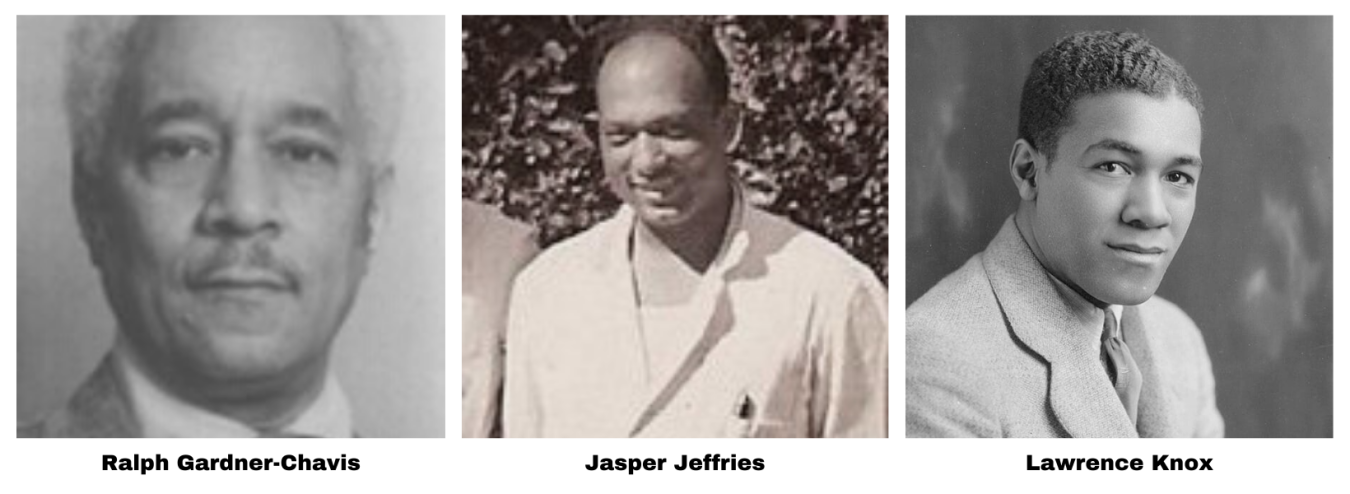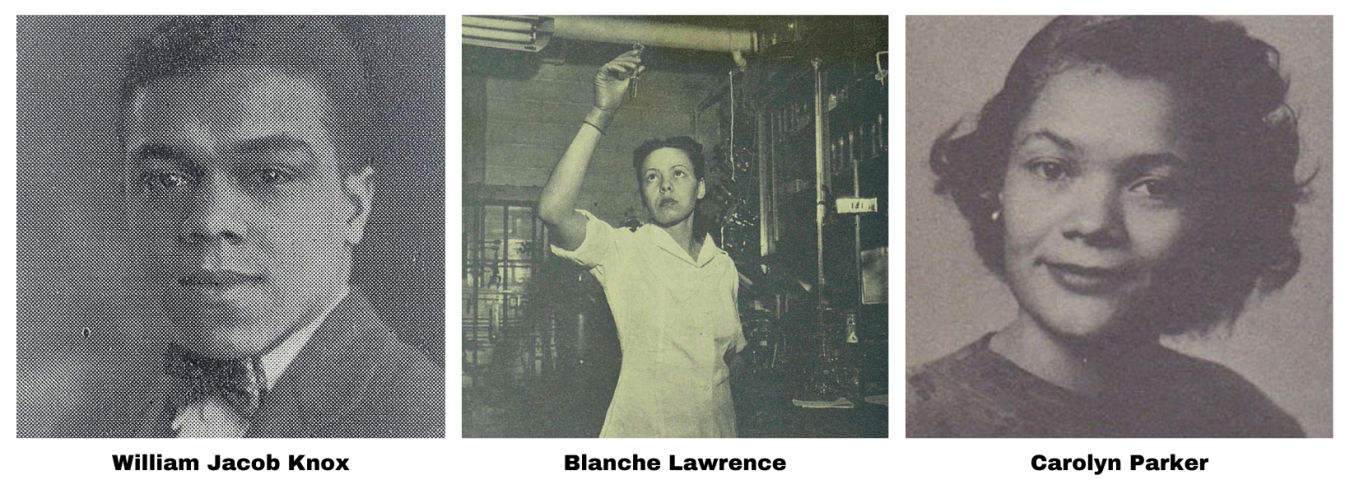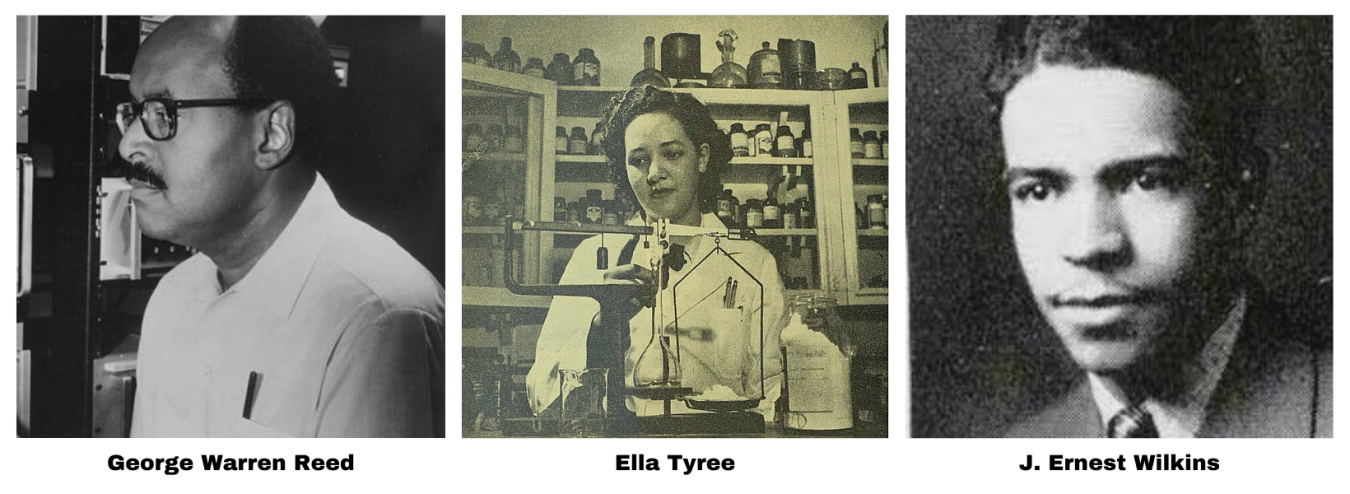NNSA recognizes and celebrates the contributions made by Black Americans from the start of the Manhattan Project to the important nuclear security missions being carried out today.
National Nuclear Security Administration
February 23, 2022
During World War II, Americans from every background were united in their desire to win the war. In the summer of 1941, President Franklin D. Roosevelt issued Executive Order 8802 which stated, “There shall be no discrimination in the employment of workers in defense industries of Government because of race, creed, color, or national origin.” This order opened previously closed doors for Black Americans to contribute to the war effort in important ways including the Manhattan Project.
The Manhattan Project, the U.S. government’s top-secret program to build an atomic bomb during the height of WWII, employed approximately 600,000 people. Some Black Americans found positions as scientists and technicians in Chicago and New York, but most were employed at Oak Ridge, Tenn., and Hanford, Wash., where they served as construction workers, laborers, janitors, and domestic workers. Federal work brought advancement opportunities for Black Americans, but unfortunately, discriminatory practices such as segregation, unequal pay and housing still existed at some Manhattan Project sites. Despite these racist barriers, Black Americans made significant impacts on the project’s mission.
Among those who made quietly made their mark were Ralph Gardner-Chavis, Jasper Jeffries, Lawrence and William Jacob Knox, Blanche Lawrence, Carolyn Parker, George Warren Reed, Ella Tyree, and J. Ernest Wilkins.

- Ralph Gardner-Chavis, a chemist who worked closely with Enrico Fermi, developed plutonium research that was used to develop the “Fat Man” atomic bomb.
- Jasper Jeffries worked as a physicist and signed on to the Szilard Petition, a document written by Leo Szilard asking President Harry Truman not to drop the atomic bomb on Japan without first demonstrating its power.
- Lawrence Knox worked as a chemist at Columbia University’s Division of War Research, where his quinine research was used to study effects of atomic bomb explosions. His older brother William Jacob was a chemist who used uranium hexafluoride gas to separate uranium isotopes. Before the war ended, he was named head of the project’s Corrosion Section.

- Blanche Lawrence worked as a research assistant in the Chicago Metallurgical Lab’s health division. After the war, she continued to serve the country as a technician at Argonne National Laboratory where she later became a junior biochemist.
- Carolyn Parker worked as a physicist on the Manhattan Project’s Dayton Project, which was a research and development effort to produce polonium. Her work involved polonium separation used for the detonation of the atomic bomb.

- George Warren Reed, a chemist, worked on obtaining enough fissionable uranium to produce and sustain a nuclear reaction. His work had immediate impact on the construction of the atomic bomb.
- Ella Tyree was a laboratory technician working on radiation research. Her research would eventually lead to an understanding of cancer treatments.
- J. Ernest Wilkins, a child prodigy who attended the University of Chicago at the age of 13, becoming its youngest student ever, began working as a scientist at the Manhattan Project at 21. Wilkins co-developed the Wigner-Wilkins approach for estimating the distribution of neutron energies within nuclear reactors, which is the basis for how all nuclear reactors are designed, and responsible for the production of the plutonium used in nuclear weapons.
NNSA recognizes and celebrates the contributions made by Black Americans from the start of the Manhattan Project to the important nuclear security missions being carried out today.

